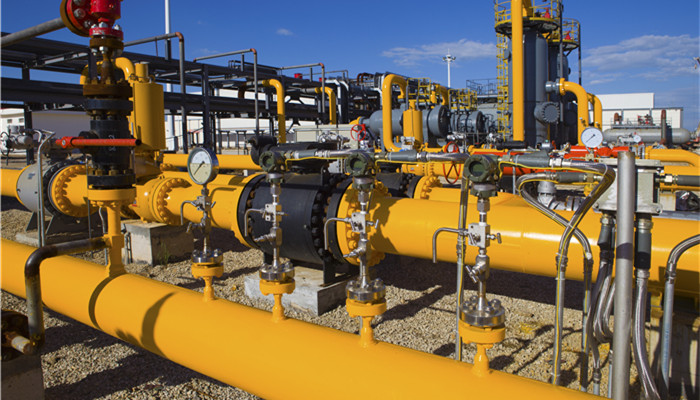
Polyhydroxyalkanoate prices are high and the market has not yet opened
The molecular structure of polyhydroxyalkanoates contains polyhydroxyl and polyester groups and has good thermoplasticity, nonlinear optical activity, piezoelectricity, gas barrier properties, degradability and biosolubility. At the same time, because polyhydroxyalkanoate has different monomer structures, it can form different types of subdivided products, so its potential application fields are very wide, such as plastics, pesticide sustained-release agents, high-performance biochemical filter membranes, and pharmaceutical sustained-release and long-acting Polyhydroxyalkanoates are used in fields such as drug carriers, agricultural mulch films, shopping bags, tableware, and food packaging materials, as well as human tissue engineering materials such as bone nails, surgical sutures, and human plastic filling materials. Among them, the application in the field of medical applications is currently the most concerned application field of polyhydroxyalkanoates.
According to the released “Polyhydroxyalkanoate Industry In-depth Market Research and Investment Strategy Suggestions Report 2023-2027”, in the 20th century In 20 years, French microbiologist Maurice Lemony discovered polyester, poly3-hydroxybutyrate and polyhydroxyalkanoate that form intracellular particles in Gram-positive bacilli. The latter was the earliest and The most common biopolymer. In the 1980s, British Imperial Chemical Company (ICI) (later changed to Zeneca) synthesized polyhydroxyalkanoate products. By the beginning of the 21st century, more than 150 PHA monomers had been discovered. The polyhydroxyalkanoate industry has been developing for hundreds of years, but the polyhydroxyalkanoate market has not yet opened up. It is characterized by a small market size, a small number of production companies, and low market acceptance. The main reason is that polyhydroxyalkanoates The hydroxyalkanoate industry has high production costs and expensive product prices, so it has been difficult to open the downstream market.
The reason for the high production cost of polyhydroxyalkanoates is the immaturity of the production technology. The production processes of polyhydroxyalkanoate mainly include anaerobic-aerobic alternating operation process, microaerobic-aerobic process and aerobic instantaneous feeding process. The factors affecting its synthesis mainly include substrate type, nitrogen and phosphorus concentration, pH value, Dissolved oxygen concentration, temperature, etc. The production cost of polyhydroxyalkanoates is mainly determined by the substrate price, polyhydroxyalkanoate yield and the efficiency of polymer extraction from cells. Among them, carbon sources account for 40% to 50% of the production cost of polyhydroxyalkanoates. If inexpensive substrates are used, the production cost of polyhydroxyalkanoates will be significantly reduced. Studies have shown that glycerin waste, gum seed oil, palm oil wastewater, cellulose, rice straw, rice bran, etc. can be used as substrates for microbial culture through fermentation, which can reduce the production cost of polyhydroxyalkanoates.
Industrial analysts said that due to the great application potential of polyhydroxyalkanoates, research on polyhydroxyalkanoates at home and abroad has been ongoing. There is no stopping, and new breakthroughs are constantly being made in the production process. In the future, the market application of polyhydroxyalkanoates will be improved.

 微信扫一扫打赏
微信扫一扫打赏

